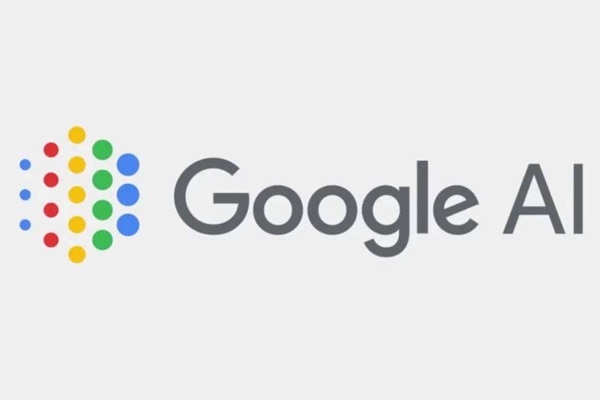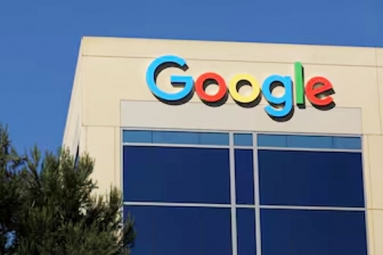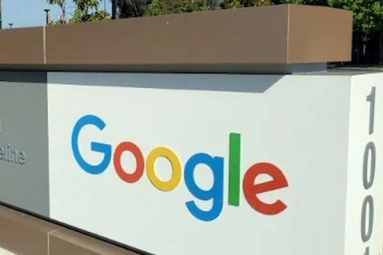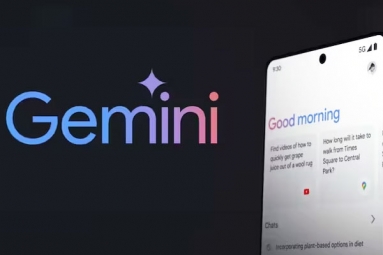
(Image source from: Google)
Google announced on Tuesday that there is now a new way for users to see whether an image was created using generative artificial intelligence (AI). The tech giant, which is working on internal tools to label AI-generated content, announced in February that it would join the Content Provenance and Attribution Coalition (C2PA) as a steering committee member. After working with other industry participants to develop new technical standards, the company is now incorporating them into images accessible through its tools. The danger of AI-generated images is that many digitally created and enhanced images are indistinguishable from real images. This has led to a significant increase in the deepfaking problem, where real images of people, places and events created by artificial intelligence are mistaken for authentic and false information is spread.
Google said in a blog post that it worked with other members of the coalition in the first half of this year to develop a new version (2.1) of a technical standard called Content Credentials. It is said to be more secure against various types of manipulation and has stricter technical requirements. This standard is now being added to images searchable using Google tools. The tech giant said content credits will be integrated into images displayed on Google Images, Lens and Circle to Search. This means that when a user visits the About This Image section of an image, they can check the C2PA metadata to see whether the image was created or edited using AI tools. Additionally, Google announced plans to integrate C2PA metadata into its advertising system. This data will guide the company's key policies and implementation strategies moving forward. We're also looking at ways to communicate C2PA information to YouTube viewers so they know whether the video was captured on camera or created digitally. In particular, the tech giant is developing an internal artificial intelligence content watermarking technology called SynthID. Developed by Google DeepMind, this system embeds information into the pixels of images in a way that is invisible to the eye but visible when examined with special tools.

















